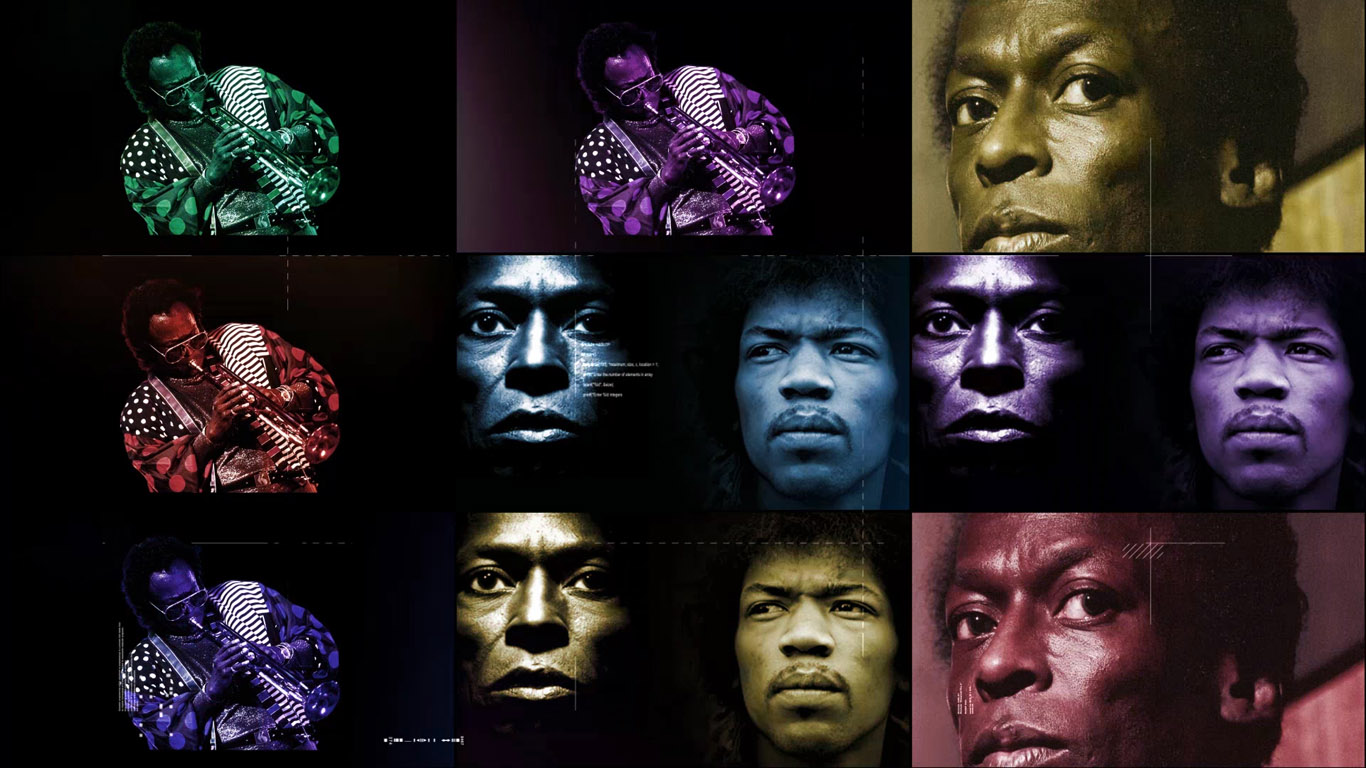Download jazz cover track `Seven Steps To Heaven` by Miles Davis








Download Seven Steps To Heaven here as an MP3
Play: Seven Steps To Heaven
This track features my usual brand of mayhem and madness when covering jazz standards. I've underpinned it with a modern house beat that really makes it swing.
It's a popular choice with drummers because it features many chops and stops where drum fills can be, and are, unleashed!
"Seven Steps to Heaven" is a jazz composition written by pianist Victor Feldman and Miles Davis, which was recorded by Davis for his 1963 album of the same name.
Here's a musical analysis
1. Form: The song follows a standard 32-bar AABA form, common in many jazz standards. The A sections typically feature a melodic statement, while the bridge (B section) introduces a contrasting harmonic progression. This form provides a familiar structure for improvisation and allows the musicians to explore different melodic and harmonic ideas throughout the performance.
2. Harmonic Progression: "Seven Steps to Heaven" features a sophisticated harmonic progression that moves through several key centers. The chord changes include a series of ii-V-I progressions, modal interchange, and chromatic passing chords. The harmonic language is characterized by its harmonic richness and complexity, providing a foundation for improvisation and creative expression.
3. Melodic Theme: The melody of "Seven Steps to Heaven" is catchy and memorable, with a bebop-inspired quality that reflects Davis's roots in the jazz tradition. The main theme is typically played by the horns, featuring angular and expressive phrases that showcase the musicians' improvisational prowess. The melody serves as a focal point for the ensemble, providing a framework for improvisation and collective interaction.
4. Rhythmic Feel: The song is typically played with a medium swing feel, characterized by its lively and syncopated rhythms. The rhythm section, including drums, bass, and piano, establishes a tight and swinging groove that propels the song forward. The syncopated rhythms and accents add to the song's energy and momentum, creating a sense of excitement and urgency.
5. Instrumentation: "Seven Steps to Heaven" typically features a small jazz ensemble consisting of trumpet, saxophone, piano, bass, and drums. Each instrument contributes to the overall texture and mood of the piece, with opportunities for solo improvisation and collective interaction. Davis's trumpet playing is particularly notable, with his expressive and melodic solos showcasing his innovative approach to improvisation.
6. Dynamic Contrast: The song features dynamic shifts in intensity and texture, with moments of quiet introspection giving way to explosive climaxes. These dynamic contrasts add to the drama and excitement of the piece, creating a sense of tension and release that engages the listener. The arrangement showcases the talents of the individual musicians within the ensemble, allowing each member to shine while serving the overarching vision of the composition.
Overall, "Seven Steps to Heaven" is a classic jazz composition that exemplifies Miles Davis's mastery of the bebop and hard bop styles. Its infectious groove, soulful melodies, and dynamic improvisation have made it a beloved and enduring piece of jazz music that continues to inspire musicians and audiences alike.